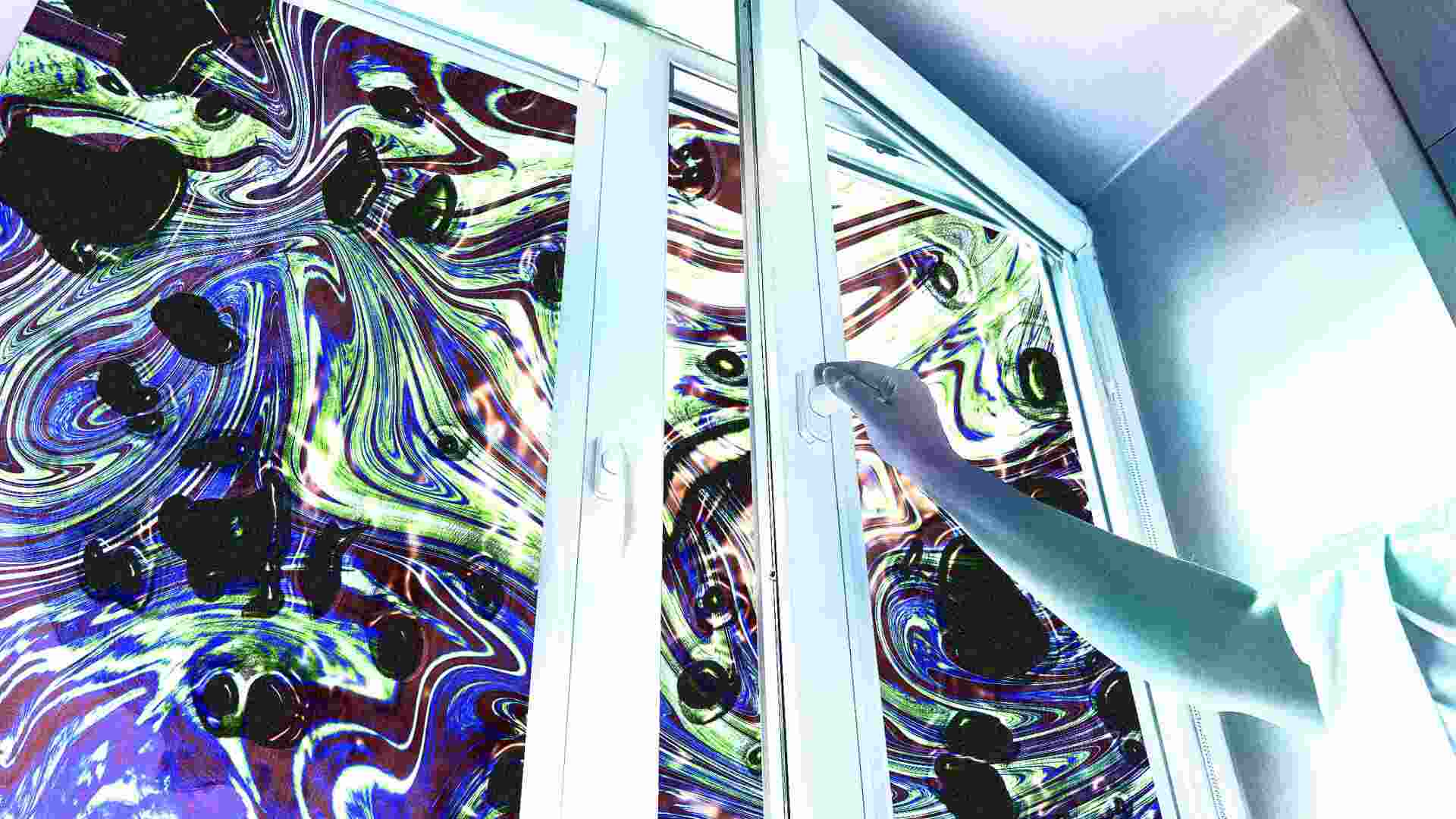- | 9:00 am
7 non-PVC sustainable solutions in architecture and design
PVC has multiple environmental challenges, but high-quality, less toxic solutions are available.

Just over a year ago, the world was shocked by a train derailment in East Palestine, Ohio, that carried more than 100,000 gallons of toxic chemicals, exposing thousands of inhabitants and the local ecosystem to contamination. The chemical that officials were most concerned about was vinyl chloride monomer, the key ingredient used to make polyvinyl chloride (PVC), commonly known as “vinyl” within the built environment.
Vinyl chloride monomer is known to be highly toxic, and the U.S. Environmental Protection Agency classifies it as a known human carcinogen. PVC production is dependent on the manufacture, transportation, and use of vinyl chloride monomer. Vinyl chloride monomer “has been found in the air near PVC factories and hazardous waste sites, and can leach into groundwater,” according to a news report from The New York Times following the East Palestine train derailment.
Organizations such as Greenpeace have long classified PVC as “one of the most toxic substances saturating our planet and its inhabitants.” According to this global environmental group, this commonplace plastic poses a threat to human health and contaminates the environment throughout its lifecycle, including production, use, and disposal. The well-respected design publication, Metropolis, recently ran an extensive article titled “What Can We Do About PVC?” noting that “the environmental and health risks of polyvinyl chloride are well known, and the alternatives are getting better.”
A STEEP ENVIRONMENTAL COST
A Perkins&Will white paper, in collaboration with the Healthy Building Network (now Habitable), came to similar conclusions. The report determined that the fundamental hazards inherent in the chemistry of PVC are unresolvable. They noted, that not only does it produce dioxins during synthesis, but it is also toxic in landfill disposal and accidental incineration. According to a European Union report, the combustion of PVC waste leads to an increased discharge of a variety of harmful chlorinated dioxins.
PVC is often praised as a cost-effective building material but that may come at a steeper cost for our planet and its inhabitants. This relatively cheap material saturates the built environment. From wall coverings and windowpanes to upholstery and flooring, the slow burn to replace PVC with alternatives has started to work its way into the plans of more sustainable-minded architects, designers, and manufacturers. But there’s more that can be done.
Last December, the EPA began a formal review of vinyl chloride in response to the East Palestine events. However, the widespread use of PVC merits a united and more immediate response from sustainability advocates in the built environment.
VINYL ALTERNATIVES
There are now a range of high-performance alternatives to PVC.
- Wallcoverings: Well-established, high-performance alternatives include bio-based polyethylene (up to 85% biobased content), thermoplastic polyolefins (TPO), woven polypropylene (PP), and polyethylene terephthalate (PET). There are also products based on woven hemp or straw and grasscloth. Wood, marble, and cork are also potential options and a cadre of innovative materials in development like fused cellulose fibers bonded with latex show promise.
- Flooring: In flooring, established PVC alternatives include linoleum, solid wood, stone, ceramic tiles (without added lead), and cork. Excluding the topcoat, linoleum is often made from bio-based and low-hazard ingredients. Non-vinyl polymeric composites are also available, typically utilizing polyethylene, polypropylene, or polyester rather than PVC.
- Windows and Doors: For windows and doors, wooden frames offer an alternative to PVC and are durable, easily repaired, and have minimal maintenance requirements. Timber windows, when properly designed, can last over 50 years and be renovated, whereas PVC windows typically need complete replacement after 20-25 years. Composite wood options now exist that use NAF and soy-based resins as a formaldehyde alternative.
- Roofing: PVC roofing alternatives include TPO. It is important to look for products within this category that perform well in accelerated weather testing. Ethylene propylene diene monomers (EPDM) are also an option when made without the use of halogenated flame retardants.
- Potable water piping: Under typical conditions, copper pipes provide the fewest health hazards. PP and high-density polyethylene (HDPE) are also well-established alternatives to PVC piping for potable water. These two options are typically also fused with heat and pressure, avoiding the use of solvent cements.
- Cables: Thermoplastic elastomers (TPE) and thermoplastic polyurethane (TPU) are widely available as alternatives to PVC cabling and are gaining popularity due to good fire resistance and safety features.
- Waterproofing: Alternatives to PVC thermoplastic sheet waterproofing include bentonite sheet waterproofing membranes and crystalline silica waterproofing. There are also non-PVC thermoplastic sheet waterproofing products now made with alternative plastics such as HDPE, PP, and TPO.
The East Palestine incident shed light on the hazards associated with vinyl chloride monomer and the manufacture of PVC. Given the wide range of high-performance alternatives, it’s time to reconsider the widespread use of PVC in the built environment. It is imperative to embrace environmentally sound alternatives. This is not merely about eliminating hazardous materials but also about being a force for good in the built environment. By advocating for and implementing sustainable practices, we can create spaces that protect human health and the environment while fostering innovation and resilience.






































